
An early morning drive to the Champagne countryside was the moment I had been waiting for my entire trip. We were finally getting a chance to see where the famous Chardonnay, Pinot Noir, and Pinot Meunier grapes are actually grown and where the smaller Champagne producers are settled.
Guided by a Reims local, Valentin from Sparkling Tour, we were promised an authentic experience and he definitely delivered.
Henri Giuard:
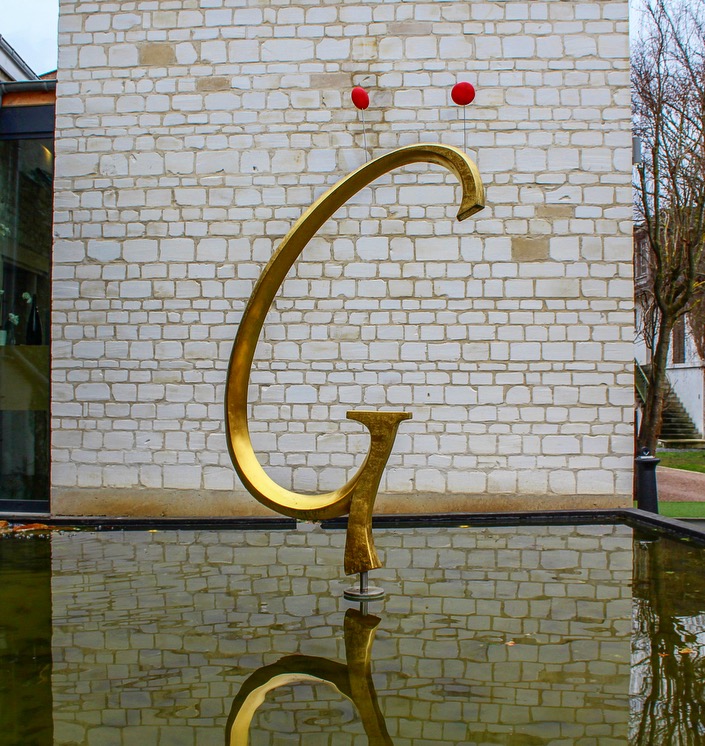
First up on the agenda was a stop at Henri Giuard located in Aÿ, a small village along the Vallée de La Marne Champagne Route. Before we entered the gate, it was obvious that we were worlds away from the cutting edge properties we visited just the day before.
We stepped in to a modest tasting room where we did not have to fight crowds of people, as was the case the day prior. Rather, the room was quiet and had been set for two. We were greeted by Mélissa who immediately began to pour us full glasses despite it being so early in the morning.
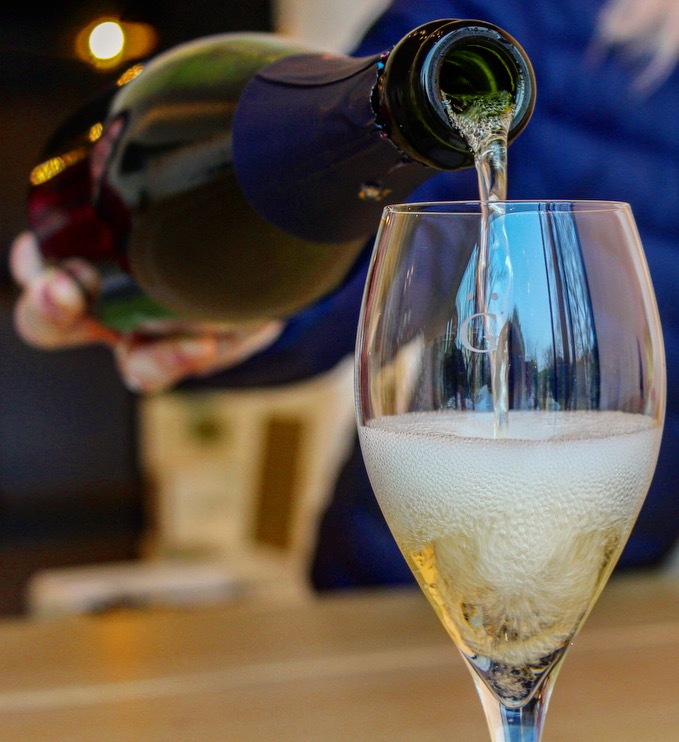
While the delicate bubbles of the house’s Esprit Nature Cuvée awoke my palate, we talked about the brand’s strong connection with nature which could be seen throughout the winery’s aesthetics. Exposed wood beams and floor to ceiling windows brought the woodland greenery from outside in.
Their Champagnes themselves also embodied a sense of nature. Maison Giraud is the only Champagne house to use 100% local barrels sourced from the nearby Argonne forest. It’s very daring to use oak in Champagne making but their deliberate choice to do so has certainly paid off. The hint of oak in each sip brought forward flavors of toasty vanilla, evoking memories of roasting marshmallows by a campfire in the summertime.

Not only has Giraud mastered the art of oak ageing in the production of their Champagnes, but they also have joined the movement of using terracotta vats. For nearly 10,000 years, Georgians have used egg-shaped, ceramic vats to age and store their wine. This ancient practice of terracotta fermentation is based on intuition and authenticity and is receiving a mighty comeback in today’s modern wine industry. The result is heightened complexity and a rounder body in unoaked wines.
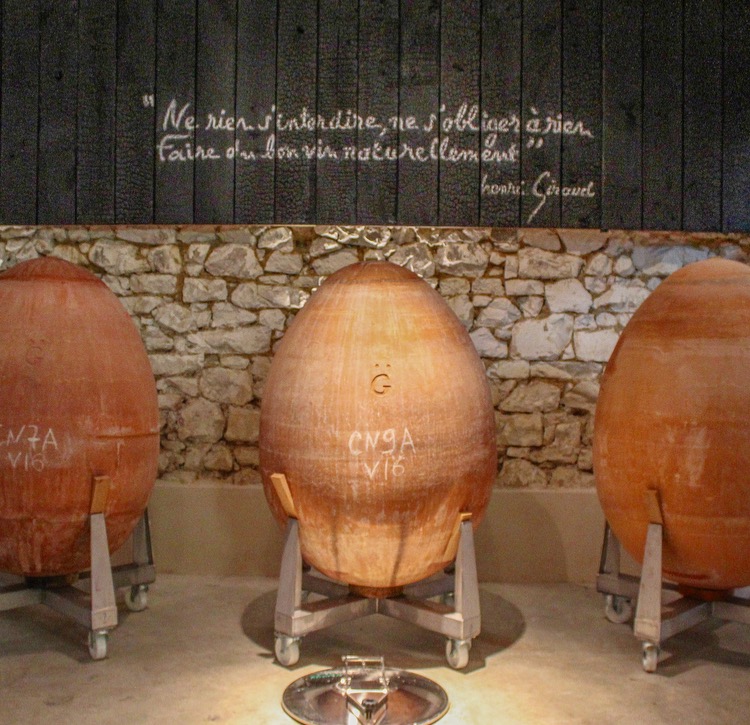
Bertrand Devavry:
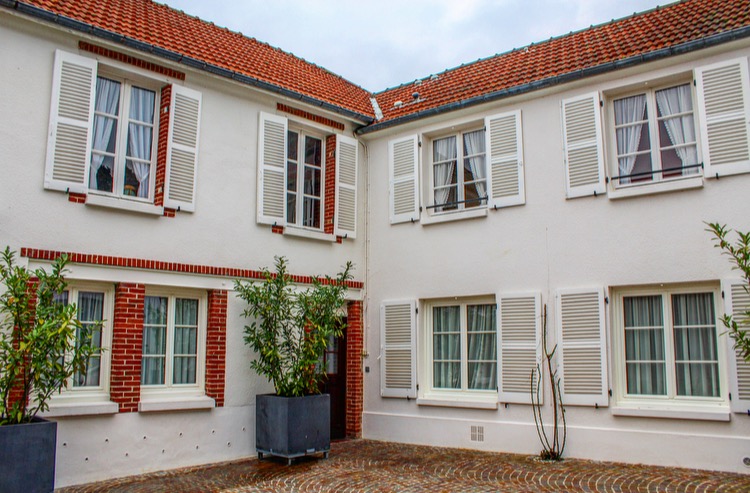
Just a short drive away, we arrived at Maison Devavry, a fourth generation Champagne grower and producer. A fun twist was that our personal guide, Valentin, was a previous employer of the estate, allowing for an informative behind the scenes tour of the property.
The house sits “L-shaped” with a central brick-paved courtyard leading off into many directions. We entered into the production area where a traditional basket press was housed. Used in Champagne production for centuries, the basket press crushes grapes by applying pressure from above. A plate moves down onto the mound of fruit which then squeezes the juice through the basket openings. I can only imagine how this quiet estate must come alive with commotion every harvest. It would be amazing to return someday at a chance to see a basket press in action.

Following the lead of house dog, Lila, we wandered through darkness to the Devavry caves dug below the estate. Trenched out by the owner himself, you feel a sense of family togetherness and tradition as you descend the stairs.
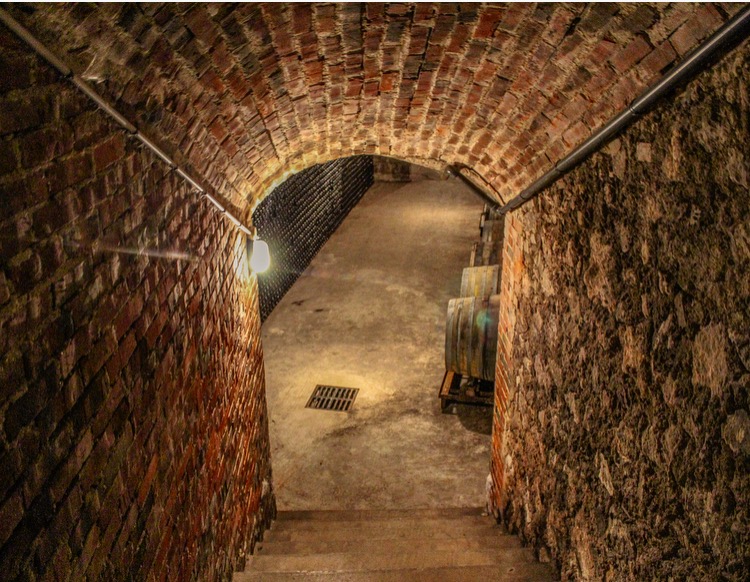
Over 3,000 hand-stacked bottles lined the damp stone walls of the cellar. Valentin turned the light switches as we walked deeper, lighting the way to more bottles ahead. From Grand Crus to clear bottles of Blanc de Blancs, the cave had it all.

My favorite Champagne in their collection (and the one I brought home as a souvenir) was their Blanc de Blancs Cuvée Marianne. Literally meaning “white from whites,” blanc de blancs is made entirely from Chardonnay grapes. Savored for its lightness, this white wine makes a perfect aperitif or a companion for a variety of cheeses.
On looks alone, the Cuvée Marianne would win me over every time – 750 ml of corked pressure in a beautiful, transparent bottle. There’s a reason why Champagne is not sold this way! But I loved their unconventional flare and it has since become a part of my own bottle collection at home. Now just waiting for the perfect moment to release those bubbles…

Sounds like a perfect trip 😉